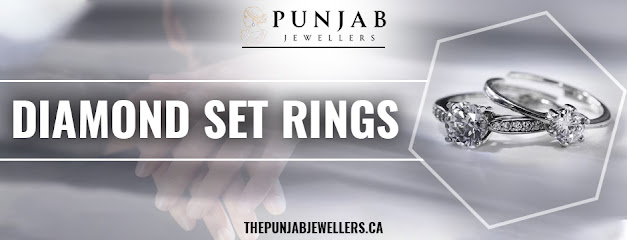Basic Factors to Know about Engagement and Wedding Ring
While most precious metals, such as platinum or sterling silver, are only available in a single hue and have a defined purity standard for jewellery, gold offers a wide range of possibilities. Jewellers create rings in a range of hues and pricing points by combining gold with a number of other metals.
Information about Colors of Gold
Due to the fact that jewellers commonly blend gold with other metals to increase its durability and lessen its cost, buyers have a broad range of colour options. Copper, nickel, silver, and zinc, among the other metals used in the alloy, provide a tinge of colour to the completed item. A certain hue of gold is determined by the type and amount of other metals used.
The following stunning hues may be found in gold jewellery, including engagement rings.
Yellow Gold - This warm, classic colour may be found in pure gold as well as gold alloys with certain quantities of copper and silver. Traditional diamond engagement rings are made of yellow gold, which also looks excellent with yellow diamonds, sapphires, and other jewels.
White Gold - The tone of white gold is somewhat warmer than that of platinum. It is created by mixing gold with white metals such as silver and nickel. White gold engagement rings are frequently plated with rhodium to give them a silvery lustre. Almost every jewel, including diamonds, looks excellent in white gold.
Rose Gold - Rose gold is a beautiful, non-traditional option. Copper is added to this sort of gold to give it a delicate, rosy hue. It's a stunning complement to warm-toned jewels like rubies and pink sapphires, as well as diamonds.
Information about the Purity of GoldGold is an extremely soft metal on its own. According to the American Federation of Mineralogical Societies, pure gold has a Mohs hardness rating of roughly 2.5 with bridal sets rings. This makes it softer than any other valuable metal, which implies that your pure gold jewellery might be damaged by practically anything you come across in your daily life.
Jewellers manufacture alloys, or metal combinations, to make gold rings more durable because of this softness. You'll notice that gold rings have a karat (k) value stamped on them. The purity of the gold, or how much actual gold is in the jewellery, is indicated by the karat value. Each carat represents a quarter of a gramme of gold. It's critical to realise this as you examine the price and other factors.
24k - This is 24/24 gold, often known as pure gold, and it is the softest and most costly ring choice.
18k - This is 18/24 gold, which means it's around 75% gold and 25% other metals. It lasts longer and costs less than pure gold.
14k - This is 14/24 gold, which means it contains around 58 per cent gold and 42 per cent other metals. It lasts longer and costs less than 18k and 24k gold.
10k - This is 10/24 gold, which means it contains around 42 per cent gold and 58 per cent other metals. It's one of the most affordable options, and it's also fairly durable.
Choosing Gold for Engagement Jewelry
Gold is a timeless, opulent option for your engagement ring, with several advantages for engagement and wedding ring. However, there are a few disadvantages to owning this valuable metal. Understanding the benefits and drawbacks of gold jewellery might assist you in making an educated purchase. Connect with Punjab Jewellers for more details!
.jpg)
.jpg)
.jpg)



Comments
Post a Comment